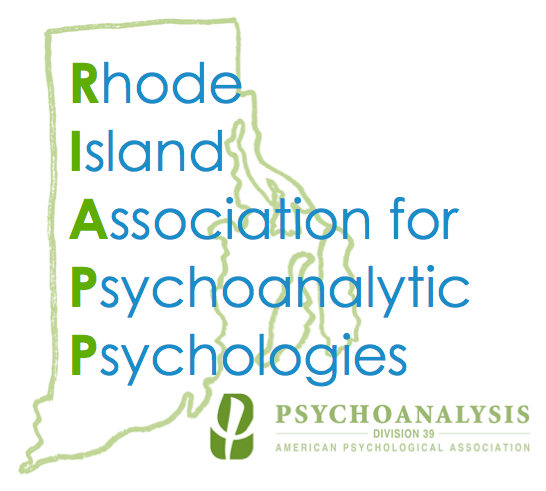Abstract
Creativity is subjective. Creative engagement is intersubjective, co-created and mutually transformational. This premise is explored in the case of a patient suffering from lifelong relational trauma and emotional deprivation, resulting in profound insecurity, rage that grips her, and paranoia that entraps her. Creative engagement offers a new co-created language, that of the imagination, between “in here” and “out there,” outside the bounds of cognitive certainty. In the case of this patient, more than a dozen vivid paintings and several poignant poems offer a collaborative language to understand her inner world. A oneness, both fantasized and real, emerges early in the treatment, as the patient and analyst begin to trust their co-created world. But the analyst’s own vulnerability (with a cancer diagnosis at the outset of treatment) stimulates her own unconscious selfobject fantasies. Joined intersubjectively in the deep layers of fantasy, the engagement ultimately experiences an enactment that necessitates a re-finding of both selves. With the patient’s sense of agency catalyzing, the dyad begins to work through the leading and trailing edge aspects of mutual vulnerability. Creative engagement becomes central to preventing stagnation and developing a sustainable generative thirdness that holds both the present and the past.
Objectives
At the conclusion of this program, the participants will be able to:
Prepare to create a reflective space for the possibility of creative engagement for patients, whether working remotely or in person.
Describe aspects of their own vulnerability and selfobject needs and how, rather than getting in the way, awareness of vulnerability may open new pathways for creative engagement and mutual transformation.
Prepare to notice, whether on zoom or in person, the implicit visual, auditory, or embodied signs of a patient’s creativity and your own, perhaps also implicit, subjective, and unconscious experience of a patient’s creativity.
Bio:
In private practice as a psychoanalyst since 2008, Leslie began her quest to become a psychoanalyst after a life-changing experience, partnering with the FDNY after 911. With previous careers as a marketing executive and teacher, she specializes in helping people through work and life transitions to develop greater congruence between their inner and outer selves. Working both in-person and via zoom from her office in Providence, RI, Leslie helps patients transform traumatic memories, co-creating and attuning to innate creativity, embodied emotion, and implicit awareness.
References:
Kulka, Raanan (2018) The Ethics of Oneness. Psychoanalytic Review, 108-2: 141-153
Ornstein, Paul H., M.D. & Ornstein, Anna M.D. (2009) The Structure and Function of Unconscious Fantasy in the Psychoanalytic Treatment Process. Psychoanalytic Inquiry 28:2, 206-230
Slowiaczek, M. (2021) Holding on and Diving in: Reciprocity in a Therapeutic Relationship. Psychoanalysis, Self and Context, 16-3: 242-252
Stern, S. (2022) IAPSP Online Journal 4/22 (2021) Analytic Adoption of the Psychically Homeless, Psychoanalysis, Self and Context.16:24-42
Teicholz, Judy (2021) Relational Self Psychology: Could there be any other kind? A discussion of Magid, Fosshage & Shane’s paper, The emerging paradigm of relational self psychology, Psychoanalysis, Self and Context, 16-4: 319-326
Togashi, Koichi (2016) From Traumatized Individuality to Being Human With Others, 39th Annual IAPSP Conference.

